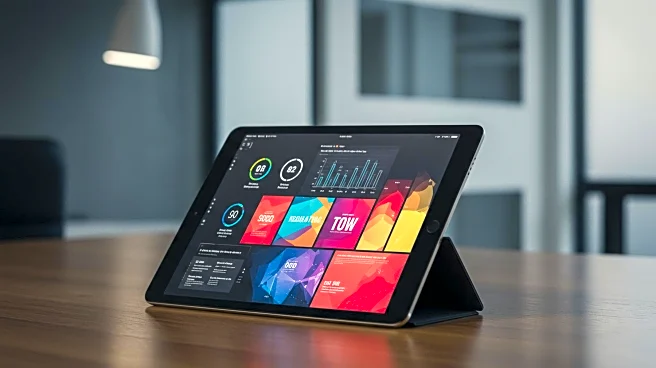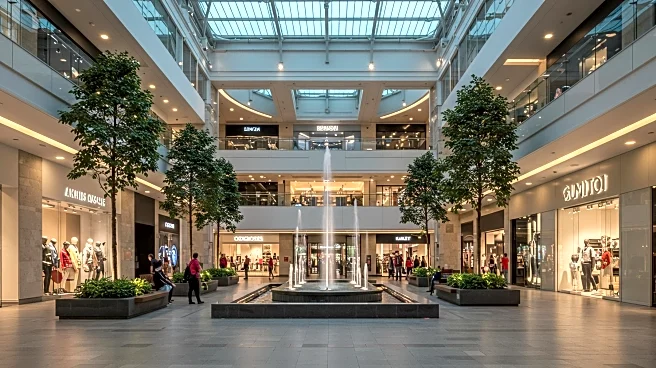What's Happening?
Retail media strategies are undergoing a significant transformation as retailers are encouraged to move beyond Amazon's digital-first model. Historically, many retailers have attempted to emulate Amazon's approach, focusing heavily on digital ad infrastructure and online behavior optimization. However, this strategy is proving ineffective for many, particularly those with a strong physical presence, such as grocery stores and specialty shops. These businesses thrive on local habits and in-the-moment decision-making, which are not adequately addressed by digital-only strategies. Despite 84% of retail transactions occurring in-store, 99% of retail media spending is directed online, highlighting a disconnect between media strategies and actual consumer behavior. The industry is now entering a recalibration phase, where the focus is shifting towards integrating physical and digital media strategies to create more relevant and localized consumer experiences.
Why It's Important?
The shift in retail media strategy is crucial for long-tail retailers who risk being overshadowed by larger players if they continue to follow outdated models. By embracing a more integrated approach, these retailers can leverage their unique strengths, such as proximity and community trust, to create competitive advantages. This transformation is not just about catching up to Amazon but potentially leapfrogging it by building media strategies that are more attuned to real-world consumer behavior. The move towards a hybrid model of media, which blends physical context with digital activations, offers retailers the opportunity to enhance brand equity and conversion rates. This change is essential for maintaining relevance in an era where consumers increasingly value authenticity and connection.
What's Next?
Retailers are expected to rethink their internal systems, breaking down silos between marketing and merchandising teams to create more cohesive media strategies. This involves embedding media into the store infrastructure, such as at the shelf and register, and utilizing data to support personalized experiences. Specialty retailers like Ulta and Sephora, which already have strong brand identities, are well-positioned to lead this change by pairing physical context with smarter media activations. The adoption of new tools and systems that facilitate localized campaigns and measure in-store engagement will be critical for retailers to capitalize on this opportunity. Failure to adapt could result in long-tail retailers being boxed out or forced to rely on third-party media capabilities.
Beyond the Headlines
The evolution of retail media strategies has broader implications for the industry, including potential shifts in consumer expectations and shopping habits. As retailers integrate physical and digital experiences, they may influence how consumers perceive and interact with brands, potentially leading to increased loyalty and engagement. This transformation also raises ethical considerations regarding data privacy and the use of consumer information to personalize experiences. Retailers must navigate these challenges carefully to maintain consumer trust while optimizing their media strategies.











